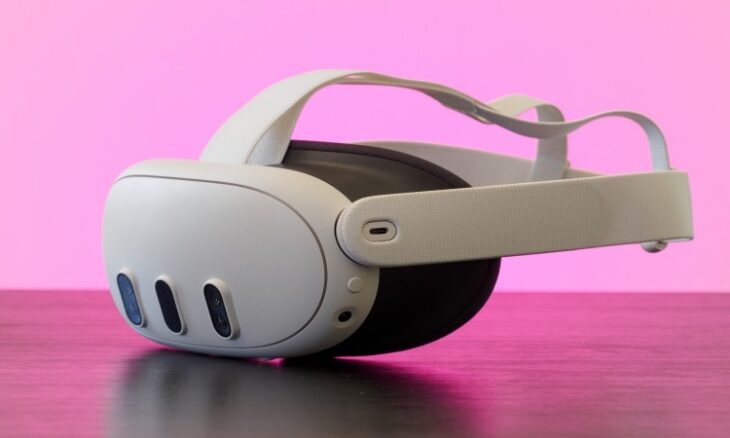Samsung to unveil Galaxy XR headset on 22 October
Samsung Electronics is preparing to introduce its latest innovation in immersive technology, the Galaxy XR headset, on 22 October. The launch marks the company’s first Android-based extended reality device, created in collaboration with Google and Qualcomm under the codename Project Infinite. Industry sources confirmed on the 16th that this release is intended to act as the starting point for Samsung’s broader XR ecosystem strategy rather than a standalone hardware debut.
The Galaxy XR features Qualcomm’s Snapdragon XR2+ second-generation processor and a dual 4K micro OLED display offering a total of 29 million pixels. The specification positions the headset above comparable products in display clarity, surpassing a rival device’s 23-megapixel performance. At approximately 545 grams, it is lighter than many competitors and is expected to retail for around 2.5 million won, or about 1,800 US dollars.
A comparable model from another major technology company previously struggled to gain traction due to its higher price point, about four million won, and heavier design, weighing between 600 and 650 grams. Early feedback from users cited discomfort after short sessions, including neck strain and eye fatigue, leading to doubts about long-term usability.
Learning from these shortcomings, Samsung focused on affordability and comfort. The Galaxy XR’s price is nearly half that of its main competitor, and significant attention was given to reducing its weight and improving the ergonomic balance of the device. However, production will initially be limited to roughly 50,000 units, suggesting that while the launch may generate interest, immediate mass-market success could be modest.
Samsung sees the Galaxy XR as an early step toward a much larger goal: expanding into augmented reality. At present, AR glasses face technical challenges in weight and viewing angles, which limit commercial readiness. To address this, Samsung and Google aim to build a robust content ecosystem through XR devices before transitioning toward AR products.
Naver, one of Korea’s leading internet firms, has partnered with Samsung in this initiative. It has adapted its streaming platform for XR, submitting it to the Google XR Play Store, indicating that Samsung’s headset will likely feature early access to the service. The platform will reportedly host virtual streamers, accounting for approximately 40% of XR content, and feature global entertainment, including K-pop and Korean dramas.
More than ten domestic XR content providers, spanning gaming, OTT platforms, and real estate, have already signed deals with Google to provide early content. Analysts note that the XR space has become a major focus for global technology companies, including Apple, Meta, and ByteDance. It is increasingly viewed as the next key device category after smartphones, naturally evolving into AR glasses. Observers suggest that if Samsung and Naver successfully establish a strong Android-based XR platform, adoption across related industries could accelerate significantly.
Government bodies are also exploring the potential of XR and AR. Ongoing public initiatives aim to integrate spatial computing into education, industrial development, culture, and the arts. Authorities are supporting developers with 3D spatial recognition SDKs and promoting AI-driven interaction technologies to encourage broader implementation.
According to data from market research firm Markets & Markets, the global XR industry is projected to grow by 28.3 per cent annually, reaching an estimated 84.86 billion US dollars by 2029. The forthcoming Galaxy XR launch positions Samsung as a significant contender in shaping that rapidly expanding landscape.










